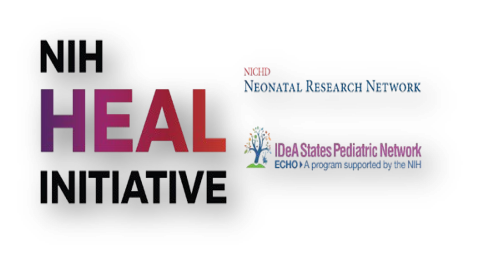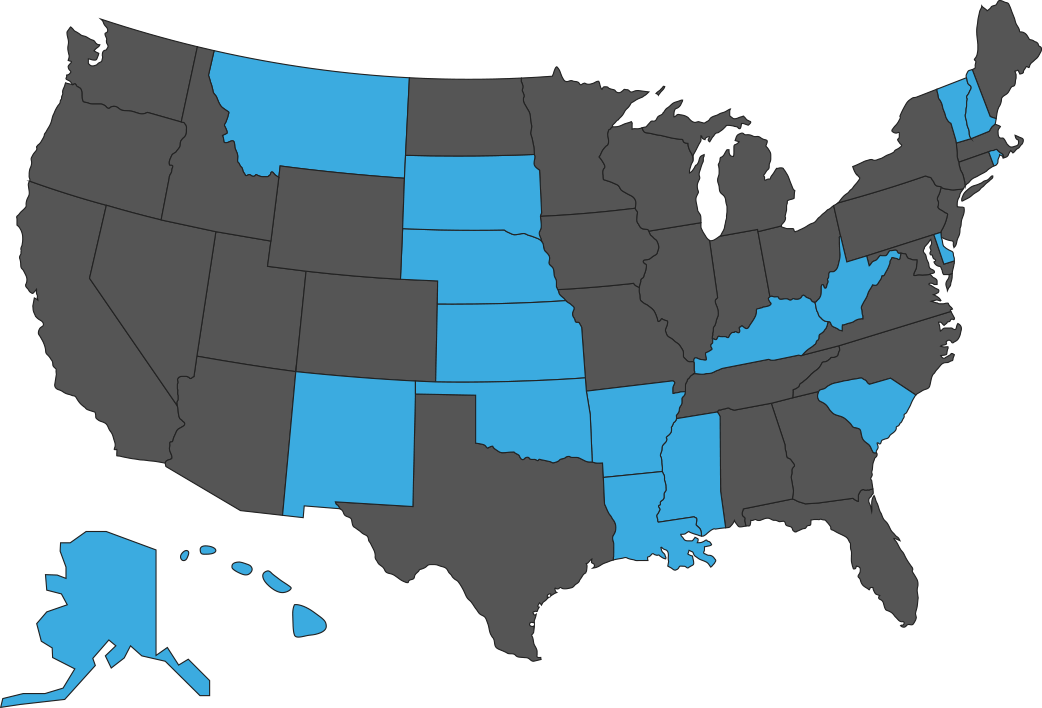
Read Written Case 5 before completing the assessment. Enter your information below and click “Start” to begin the assessment.
*Note: If you did not enter credentials to log in to this training, you must complete all fields below to receive full credit. For assistance, contact Catrice Banks-Johnson.
*Click the link below the case to download the document.
Nurse/Provider Sign-out
- 3-day-old baby girl born at 39 weeks to 35 year-old G3, P3 mom on buprenorphine for history of opioid use disorder. Mom in recovery since birth of her first child 4 years ago. No concerns for illicit substance use in pregnancy.
- Mom on Paxil for depression and anxiety; mom has counselor she is well connected with through her PCP’s office. PCP is mom’s buprenorphine prescriber.
- Baby with tremors, hypertonia, and increased Moro on first day. On 2nd day, tone and Moro within normal limits and only mildly jittery when unswaddled or not skin-to-skin with mom. In past day, mom hasn’t noticed a difference in baby’s tone or jitteriness. Mom is holding baby skin-to-skin often and breastfeeding ad lib. Newborn team thinks baby slightly jitterier today with mildly increased tone noted.
• Baby had difficulties feeding on 1st day with spitting up colostrum. Spitting resolved by 24 hrs. Baby then feeding well at breast. In past day, breastfed 9 times, 4 voids/stools. Stools now yellow and seedy. Weight down 6%. - On last assessment approximately 3 hrs. ago: vital signs stable. Jaundiced to face. Baby fussy with slight increase in muscle tone and tremors on exam. Symptoms improve as soon as baby is picked up.
- Mom’s sister has been here helping (when father of baby is at work). Maternal grandmother is helping to care for mom’s 2 other children at home.
- Mom received prenatal education from her PCP’s office. Hospital staff stressing the importance of rooming-in, skin-to-skin contact, and breastfeeding and how these will help her baby go home sooner. Mom keeping baby with her all the time in a calm, quiet room, spending lots of time holding baby skin-to-skin when she is awake. Mom’s sister holds the baby when mom is sleeping (and takes naps herself when mom is awake and caring for baby).
In-room Assessment
- Mom asleep in bed, baby’s aunt is holding baby and helps wake mom up when the RN comes in.
- Baby slept for 2 hrs. after feeding with her aunt holding her. Mom able to nap during this time.
- Baby was fussy when woke up and cried through diaper change with tight muscle tone and tremors.
- Was able to calm down after a few minutes of skin-to-skin time with mom.
- After calming, baby breastfed well for 15 min on left and 10 min on right. Upon RN’s specific questioning, mom shares that baby latched within a few min.
- Last stool was watery and green, and baby just sneezed 4 times in a row. Vitals signs are stable.
- Baby gets fussy as soon as put in bassinet and breaks out of swaddle. Calms within a few minutes and stays consoled once picked up and held.
Written Case 5
_ Summary
0 of 27 Questions completed
Questions:
Information
|
You must fill out this field. |
|
|
You must fill out this field. |
|
|
You must fill out this field. |
|
|
You must fill out this field. |
You have already completed the _ before. Hence you can not start it again.
_ is loading…
You must sign in or sign up to start the _.
You must first complete the following:
Results
Results
0 of 27 Questions answered correctly
Time has elapsed
You have reached 0 of 0 point(s), (0)
Earned Point(s): 0 of 0, (0)
0 Essay(s) Pending (Possible Point(s): 0)
| Average score |
|
| Your score |
|
Categories
- CARE PLAN 0%
- CONSOLING 0%
- EATING 0%
- NON-PHARM CARE INTERVENTIONS 0%
- NOWS/NAS RISK ASSESSMENT 0%
- PARENT/CAREGIVER PRESENCE SINCE LAST ASSESSMENT 0%
- SLEEPING 0%
- 1
- 2
- 3
- 4
- 5
- 6
- 7
- 8
- 9
- 10
- 11
- 12
- 13
- 14
- 15
- 16
- 17
- 18
- 19
- 20
- 21
- 22
- 23
- 24
- 25
- 26
- 27
- Current
- Review
- Answered
- Correct
- Incorrect
-
Question 1 of 27
1. Question
Category: NOWS/NAS RISK ASSESSMENTAre signs of withdrawal present?
CorrectIncorrectHint
-
Question 2 of 27
2. Question
Category: NOWS/NAS RISK ASSESSMENTCorrectIncorrect -
Question 3 of 27
3. Question
Category: NOWS/NAS RISK ASSESSMENTAre co-exposures present that may be contributing to signs of withdrawal?
CorrectIncorrect -
Question 4 of 27
4. Question
Category: NOWS/NAS RISK ASSESSMENTAre nonpharmacologic care interventions (NPIs) maximized to fullest extent possible in infant’s clinical setting?
CorrectIncorrect -
Question 5 of 27
5. Question
Category: EATINGTakes > 10 min to coordinate feeding or breastfeeds < 10 min or feeds < 10 mL (or other age-appropriate duration/volume) due to NOWS/NAS?
CorrectIncorrect -
Question 6 of 27
6. Question
Category: SLEEPINGSleeps < 1 hour due to NOWS/NAS?
CorrectIncorrect -
Question 7 of 27
7. Question
Category: CONSOLINGTakes > 10 min to console (or cannot stay consoled for at least 10 min) due to NOWS/NAS?
CorrectIncorrect -
Question 8 of 27
8. Question
Category: CONSOLINGConsoling Support Needed
CorrectIncorrect -
Question 9 of 27
9. Question
Category: CARE PLANFormal Parent/Caregiver Huddle to be performed to formally review NPIs to be increased further?
CorrectIncorrect -
Question 10 of 27
10. Question
Category: CARE PLANFull Care Team Huddle to be performed to formally consider all possible etiologies for symptoms, re-assess if NPIs are maximized to the fullest extent possible, and determine if NOWS/NAS medication treatment is needed?
CorrectIncorrect -
Question 11 of 27
11. Question
Category: CARE PLANManagement Decision
CorrectIncorrect -
Question 12 of 27
12. Question
Category: PARENT/CAREGIVER PRESENCE SINCE LAST ASSESSMENTCorrectIncorrect -
Question 13 of 27
13. Question
Category: NON-PHARM CARE INTERVENTIONSRooming-in (i.e., caring for infant in their own room with earlier caregiver response to infant stress or hunger cues)
CorrectIncorrect -
Question 14 of 27
14. Question
Category: NON-PHARM CARE INTERVENTIONSParent/caregiver presence to help calm and care for infant
CorrectIncorrect -
Question 15 of 27
15. Question
Category: NON-PHARM CARE INTERVENTIONSSkin-to-skin contact when caregiver fully awake/alert to help organize infant feeding behaviors, calming & sleep
CorrectIncorrect -
Question 16 of 27
16. Question
Category: NON-PHARM CARE INTERVENTIONSHolding by parent/caregiver/cuddler to help calm infant & aid in sleep (with caregiver fully awake/alert)
CorrectIncorrect -
Question 17 of 27
17. Question
Category: NON-PHARM CARE INTERVENTIONSSafe & effective swaddling (e.g., extremities swaddled in flexed position, blanket snug, no extra blanket around baby’s face)
CorrectIncorrect -
Question 18 of 27
18. Question
Category: NON-PHARM CARE INTERVENTIONSOptimal feeding (e.g., baby offered feedings when showing hunger cues & fed till content)
CorrectIncorrect -
Question 19 of 27
19. Question
Category: NON-PHARM CARE INTERVENTIONSNon-nutritive sucking with infant’s hand, pacifier, adult caregiver’s washed or gloved finger
CorrectIncorrect -
Question 20 of 27
20. Question
Category: NON-PHARM CARE INTERVENTIONSQuiet, low light environment to help limit overstimulation of infant (e.g., tv volume down, quiet “white noise” machine or phone app)
CorrectIncorrect -
Question 21 of 27
21. Question
Category: NON-PHARM CARE INTERVENTIONSRhythmic movement provided by parent/caregiver or infant calming device (e.g., “jiggling” or infant swing in presence of alter adult)
CorrectIncorrect -
Question 22 of 27
22. Question
Category: NON-PHARM CARE INTERVENTIONSAdditional help/support in room (e.g., other parent, family member, friend, cuddler, staff member, recovery coach, DCYF worker)
CorrectIncorrect -
Question 23 of 27
23. Question
Category: NON-PHARM CARE INTERVENTIONSLimiting # of visitors & duration of visit(s) to minimize disruptions in infant’s care environment & sleep
CorrectIncorrect -
Question 24 of 27
24. Question
Category: NON-PHARM CARE INTERVENTIONSClustering care & assessments with infant’s awake times (e.g., RN & infant provider perform assessment together after infant feedings)
CorrectIncorrect -
Question 25 of 27
25. Question
Category: NON-PHARM CARE INTERVENTIONSSafe sleep/fall prevention (e.g., infant sleeps on back, safely swaddled, in own sleep space)
CorrectIncorrect -
Question 26 of 27
26. Question
Category: NON-PHARM CARE INTERVENTIONSParent/caregiver self-care & rest (e.g., identifying another adult to care for infant so parent can rest or take a walk/break)
CorrectIncorrect -
Question 27 of 27
27. Question
Category: NON-PHARM CARE INTERVENTIONSOther Comments: Coach mom/aunt on how to change diaper together and hold diaper change until after feeding to help keep baby calm.
CorrectIncorrect


